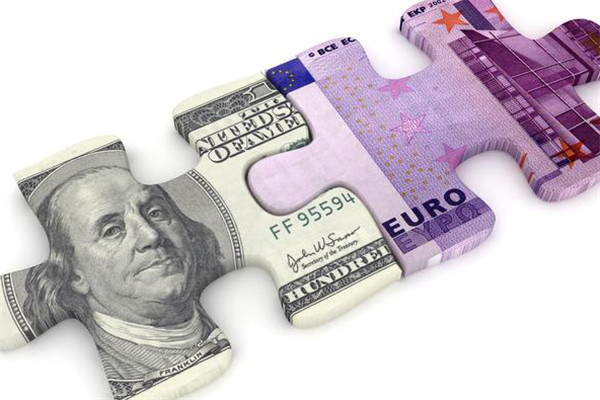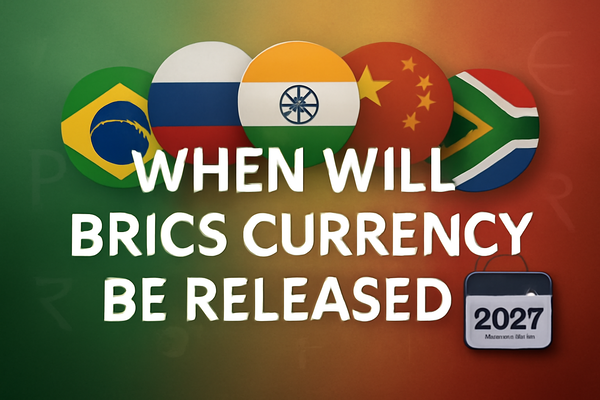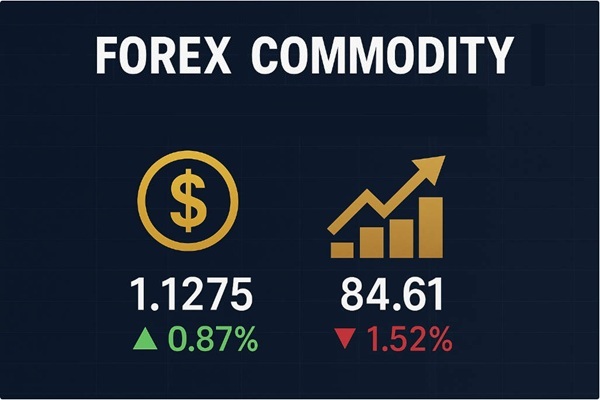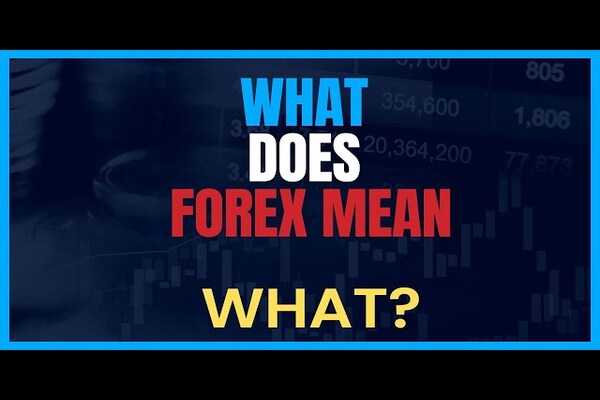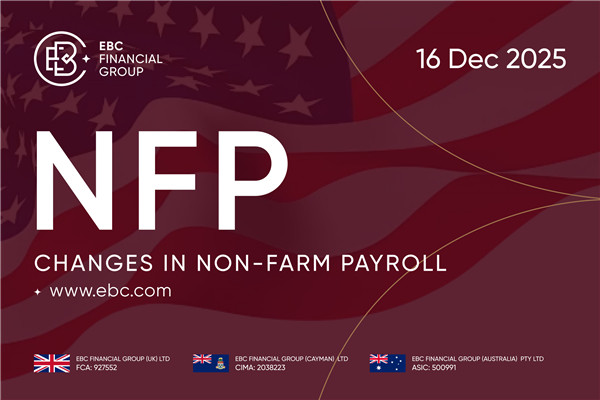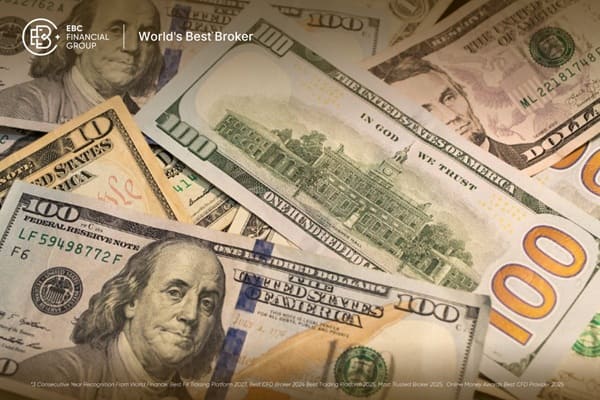Hedging is a method of trading in the forex market, and the most
commonly traded currency in forex trading is the USD. If you
use the US dollar for hedging or other currencies or Precious metals to hedge
against the US dollar, you need to choose to hedge against the US dollar in the
opposite direction.
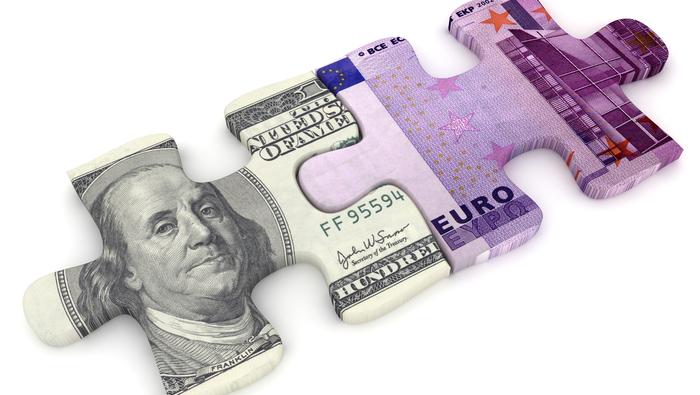
The US dollar can be used to hedge against many currencies, which means you
can buy one currency with the US dollar and sell in another currency to balance
risk and profit.
Firstly, we can hedge the US dollar against the euro. This is because the US
dollar and euro are two of the two most important currencies in the world. If
you think the US dollar will appreciate, you can buy euros in US dollars to
hedge your risk in other currencies.
Secondly, the US dollar can also be used as a hedge against sterling. The
pound is the currency of the UK, while the US dollar is the currency of the
United States. It is usually used to hedge transactions between the pound and
the US dollar, making it one of the first choices for risk-averse investors. If
you think the pound will depreciate, you can buy it in US dollars to protect
your investment.
In addition, the US dollar can also be used as a hedge against the Japanese
yen. The Japanese yen is the currency of Japan, while the US dollar is the
currency of the United States. If you think the yen will depreciate, you can buy
it in US dollars to reduce your risk in the Japanese market.
In addition to the above currencies, the US dollar can also be used as a
hedge against many other currencies, such as the canadian dollar, Australian
dollar, Swiss franc, etc. These currencies are commonly used in international
trade, so hedging against the US dollar can help you balance risks.
Hedging the US dollar against many currencies can help you protect your
investment, reduce risk, and seek profit opportunities between different
currencies.
Disclaimer: This material is for general information purposes only and is not intended as (and should not be considered to be) financial, investment or other advice on which reliance should be placed. No opinion given in the material constitutes a recommendation by EBC or the author that any particular investment, security, transaction or investment strategy is suitable for any specific person.
